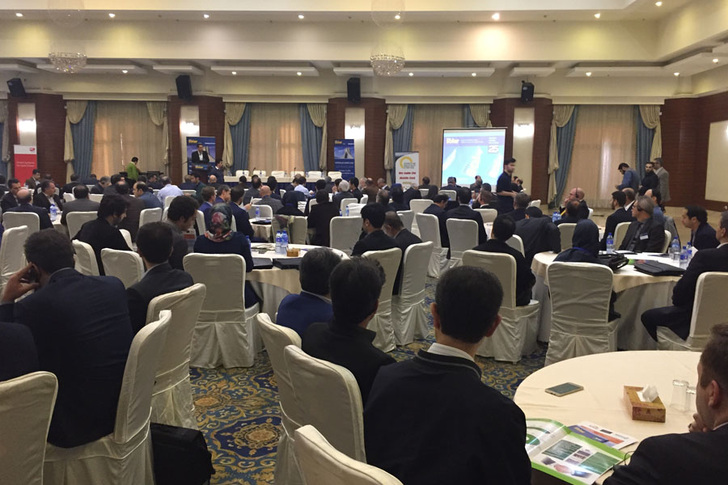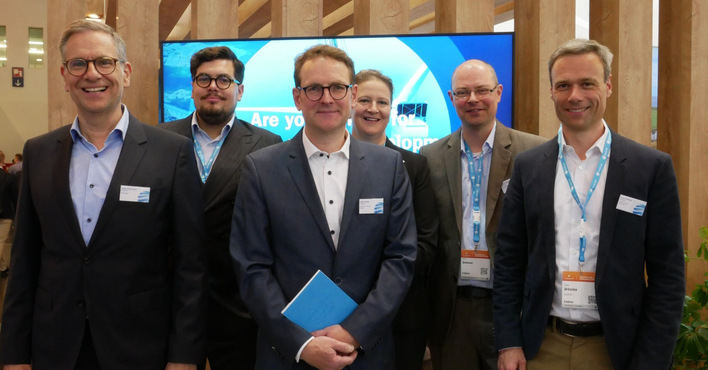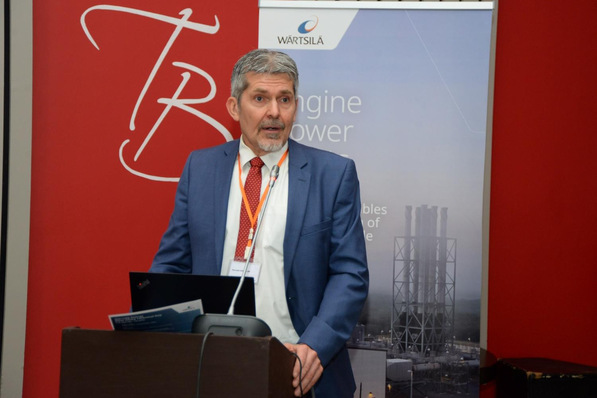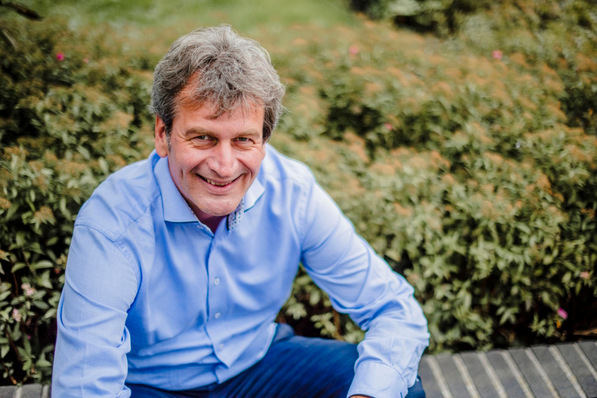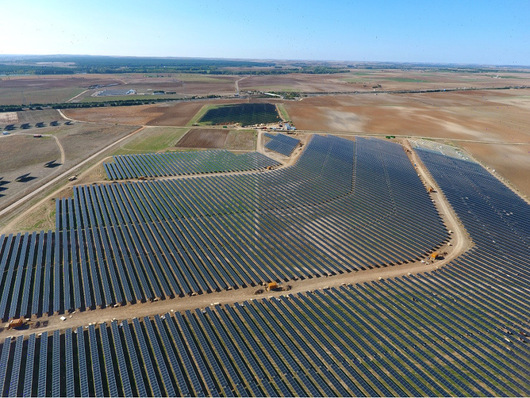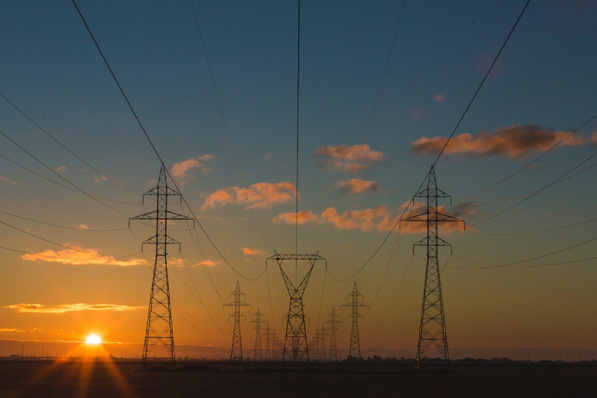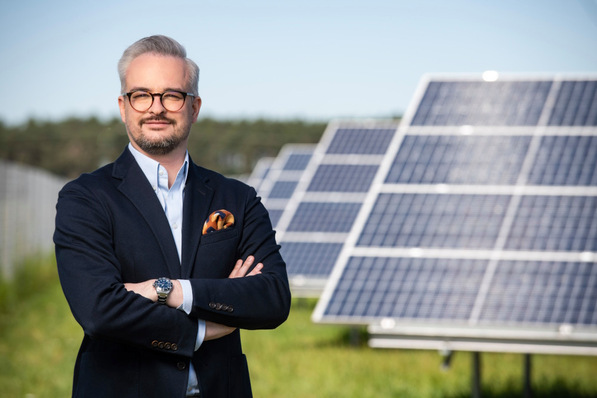The Iranian Deputy Minister for Energy, Dr. Sattar Mahmoudi, and the Managing Director of the Renewable Energy Organization of Iran (SUNA), Dr. Seyed Mohammad Sadeghzadeh, welcomed more than 400 attendees, twice as many as expected, at the first Intersolar Summit Iran in Tehran on November 15, 2016. Main discussions were about grid-integration solutions, financing and foreign investments.
High peak load profiles
The development of the PV markets in Iran was seen mostly positive by all speakers and attendees of the first Intersolar Summit Iran, taking place in Tehran. PV can contribute to the growing energy demand in general and especially to the higher peak load profiles which utilities are continuously facing. There is also the advantage that PV power plants can be built in very short time frames compared to conventional power plants. But major challenges and concerns remain.
Challenging climate conditions for PV systems
Finding suitable land and remains difficult for foreign investors, followed by getting the land license to build and operate a PV system. The Intersolar Summit also focused on environmental impacts on module and system performance. Due to Iran's location the climate is influenced by the subtropical aridity of the Arabian desert areas and the subtropical humidity of the eastern Mediterranean area. These climate conditions influences the output and durability of PV Systems.
Provoking grid connection
The challenges for PV grid-connections were presented by Mr. Saed Raei, Manager of Grid Connection Sector from the Iran Power Generation and Transmission Company (TAVANIR) and regional electricity companies and Distribution System Operators (DSO’s) such as Mr. Bahman Ghazi Zadeh, Manager of the Regional Electricity Company of Zanjan Province and Mr. Homayoun Berahmandpour, Head of Bulk Power Transmission. Up to today, grid connection of PV power plants might be challenging due to different procedures in each province. Therefore it is recommended that international and local investors of renewable energy work closely together with the Renewable Energy Organization of Iran (SUNA). To reach more understanding for the new grid challenges, it was also recommended to offer training for DSO’s and Transmission System Operators (TSO’s) from the Government.
Standardization contrary to local business culture
So far, SUNA has set up a good framework with the local Feed in Tariffs, but it needs to move on with standardization and automatized processes with DSO’s which are reliable and valid everywhere in Iran. Jörg Mayer, managing director from the German Solar Association (BSW) recommends to standardize approval processes instead of negotiating each project approval individually and personally with several authorities and governments. This sounds reasonable for Iranian authorities, but is contrary to cultural business behavior. “SUNA does a great job, but it will take at least five to ten more years to find standardized solutions. In the near future in small scale PV will be much more successful. Iranian people need to change their minds to make clean air and energy possible”, says Aki Tamiz Abkhtiari from Canada, attending the Tehran-Summit.
Developers recommend to use equity finance
Networking and getting first-hand answers was the major interest of international EPC contractors, as for example IBC Solar at the Intersolar Summit. Even if all preparations are made, and payment guarantees were given, missing physical documents make it difficult to keep the trust of foreign banks and financiers. Many project developers recommended to use 100 percent equity finance because the high interest rates within Iran reduce the Internal Rate of Return (IRR) of the projects significantly, although Jafar Mohammadnejad, Deputy of Planning at SUNA advises project developers not only to fund projects from abroad.
Only a few international banks finance PV in Iran
According to Volker Kuntz, Managing Director at Trepte Corporate Advisors GmbH, financing stays challenging since there is uncertainty with international banks and the question how to deal with ‚US-secondary sanctions‘. Only a few international banks finance Iranian PV projects, and if, only with maximum two years, but renewable energy is a priority sector in Iran and benefits from governmental support. Foreign investors may benefit from the comfort of Iran’s Foreign Investment Promotion and Protection Act FIPPA and guarantees to be issued by the Organization for Investment, Economic and Technical Assistance of Iran (OIETAI). Iranian banks demand very high interest rates of up to 20 percent, but 20-30 percent IRR is possible trough equity financing in certain projects. (HCN)
Stay informed, get our weekly newsletter. Register here: http://www.pveurope.eu/Newsletter
Related news:

